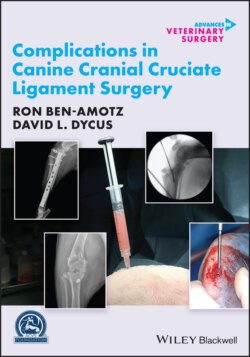Читать книгу Complications in Canine Cranial Cruciate Ligament Surgery - Ron Ben-Amotz - Страница 46
3.4 Follow‐Up
ОглавлениеFollowing diagnosis of an SSI, continued frequent communication is necessary to ensure response to therapy. If empirical therapy is instituted without improvement of clinical signs, bacterial culture and susceptibility testing is recommended to guide therapy, if this is not already under way. Duration of antimicrobial therapy is controversial but should reflect the level of the infection, such that a superficial SSI receives a shorter course of antimicrobial therapy than a deep or organ/space SSI. At any time that antimicrobial therapy has been discontinued and clinical signs of SSI recur, implant removal should be considered to remove the largest burden of disease associated with a likely biofilm‐associated implant infection. Following discontinuation of antimicrobial therapy or implant removal, active surveillance protocols to acquire follow‐up information regarding resolution or recurrence of clinical signs should be implemented. Setting in place an infection control plan in your hospital to determine annual SSI rates in general, but specifically associated with surgically implanted devices, will be beneficial to document and monitor trends, thus allowing earlier interventions when SSI rates are increasing.
